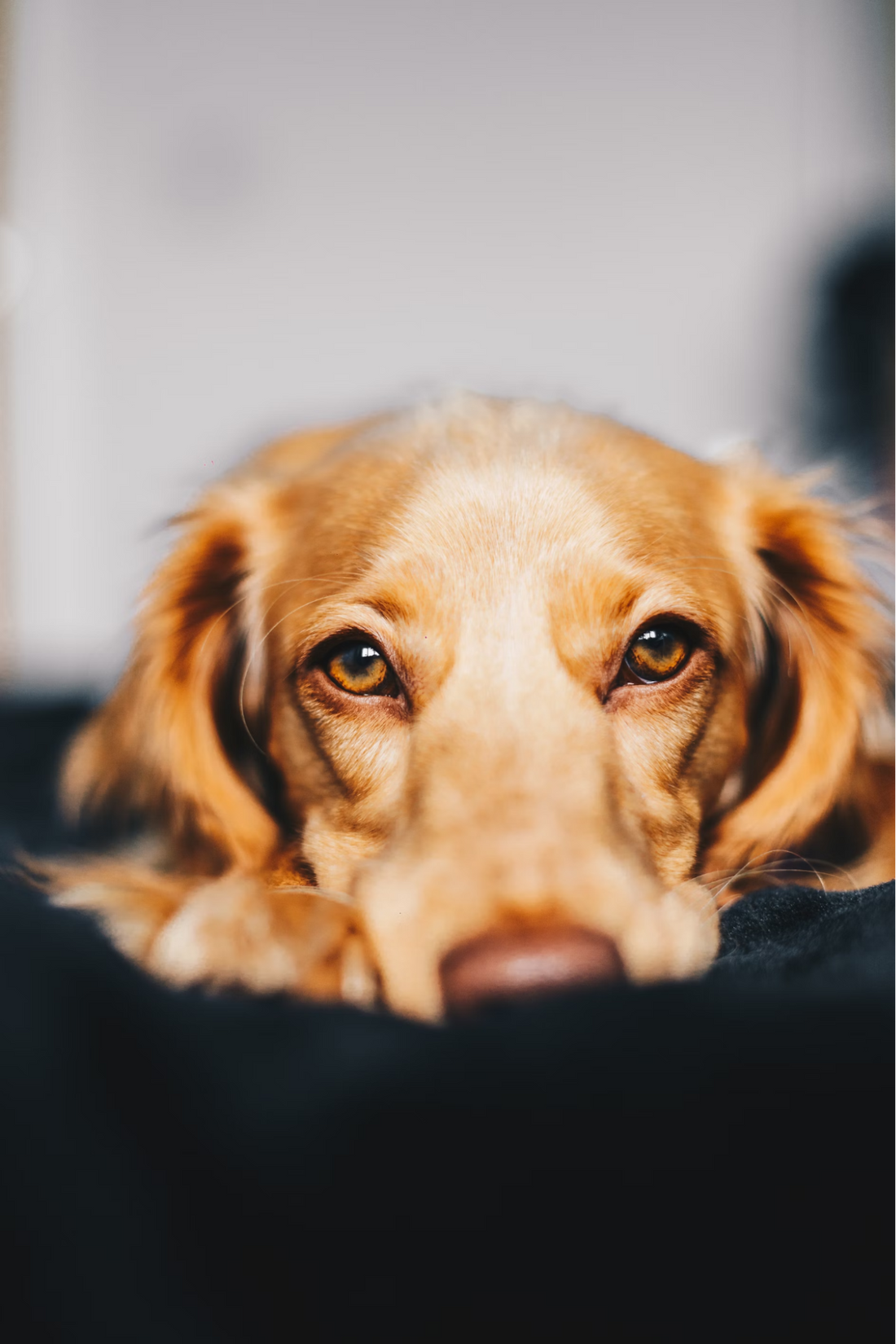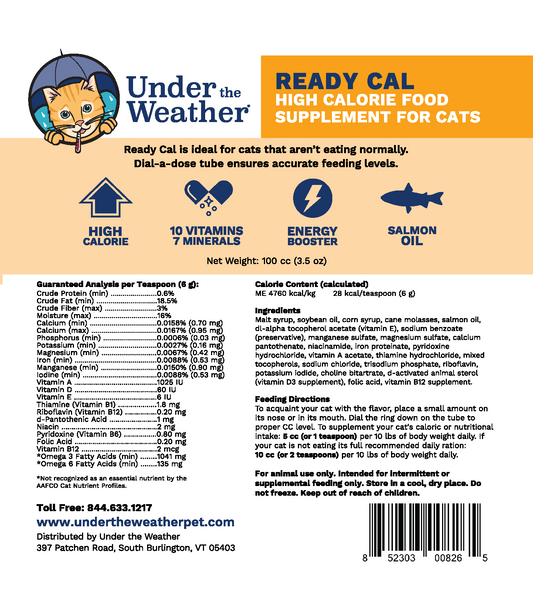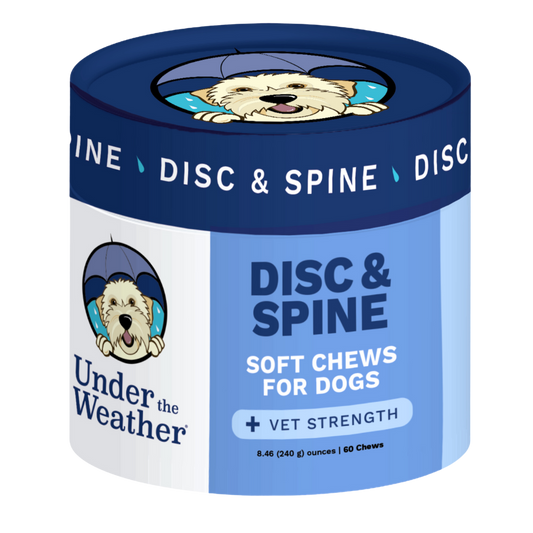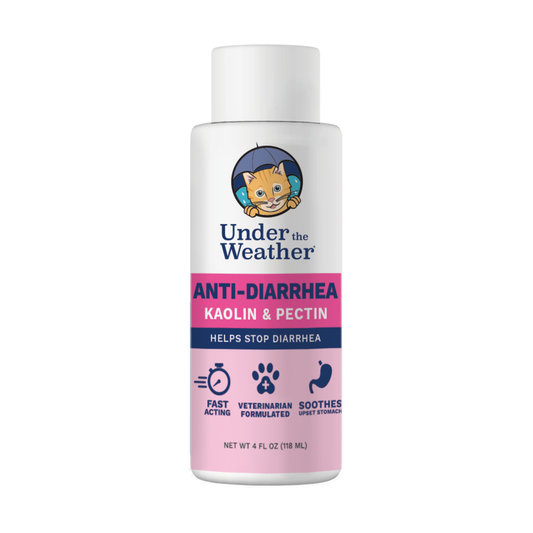Managing pancreatitis in dogs can be challenging, to say the least. One of the most important aspects of care for dogs with pancreatitis is feeding them the right diet. Pancreatitis is a condition that involves inflammation of the pancreas, and it can be a painful and sometimes life-threatening issue.
The right diet can help manage symptoms, help with recovery, and reduce the chances of future flare-ups. In this article, we’ll talk about what pancreatitis is, why diet is so important for managing it, the best food options, and what to avoid feeding your dog. We’ll also give you tips on long-term care to keep your furry friend healthy and happy.
What Is Pancreatitis in Dogs?
Pancreatitis occurs when the pancreas becomes inflamed. The pancreas has two main functions: it helps with digestion by producing enzymes, and it regulates blood sugar by producing hormones like insulin.
Normally, the digestive enzymes are inactive until they reach the small intestine, where they help break down food. However, if these digestive enzymes activate while still inside the pancreas, they can start to digest the pancreas itself, causing inflammation and pain. This can lead to serious complications if not treated properly.
There are two types of pancreatitis: acute and chronic. Acute pancreatitis develops suddenly and can be very severe, while chronic pancreatitis occurs over a longer period and may have milder symptoms. Both types can be dangerous, so they require careful management, especially when it comes to diet.
What Causes Pancreatitis in Dogs?
Clinical signs of pancreatitis can be triggered by a few different factors, including:
- High-fat diets: Dogs that consume a lot of fatty foods are at higher risk. A common scenario is during holidays when pet owners might share fatty leftovers, like ham, with their dogs.
- Certain medications: Some drugs can increase the likelihood of pancreatitis.
- Health conditions: Issues like diabetes, obesity, hypothyroidism, or Cushing's disease can contribute to the risk.
- Other factors: Trauma, infections, and metabolic disorders can also lead to pancreatitis.
Dogs with bouts of pancreatitis may show symptoms like vomiting, loss of appetite, abdominal pain, diarrhea, dehydration, and lethargy. Severe cases may require hospitalization and intensive treatment.
Why Diet Matters for Dogs with Pancreatitis
A well-balanced, low-fat diet is really important when it comes to managing severe pancreatitis in dogs. Since the pancreas helps digest fats, reducing the amount of fat your dog consumes can help prevent the pancreas from overworking.
This reduces inflammation and gives the pancreas a chance to heal. Dogs with chronic pancreatitis may need to stay on a low-fat diet for life to prevent risk factors and future episodes.
The Best Bland Diet Options for Dogs with Pancreatitis
Dogs with pancreatitis need a bland, easily digestible diet that is low in fat and rich in nutrients. Here are two recommended options:
Chicken & Rice Bland Diet
This bland diet by Under the Weather is absolutely perfect for dogs with upset stomachs because it’s easy to digest and soothing to the gut. It’s vet-recommended, and is made with just five natural, high-quality ingredients.
Not only that, but this bland diet includes electrolytes, which will help keep your dog hydrated (this is very important if they’re experiencing loose stools or severe diarrhea. Just add water to create a nutritious meal (more detailed instructions below). It’s super convenient!
Ingredients: White rice, freeze-dried cage-free chicken breast, glycine, sodium chloride, potassium chloride.
Directions:
- Shake the bag to mix.
- Add the dried mixture to a bowl and pour in an equal amount of boiling water.
- Stir, cover, and let sit for 15-20 minutes until cooled.
- Serve to your dog for 2-3 days, or as advised by your vet.
- Gradually transition your dog back to their regular diet.
Turkey, Oatmeal, Sweet Potato, & Slippery Elm Bland Diet
Turkey and oatmeal are quite gentle on the stomach, so this bland diet dog food is a great choice. It includes low-fat ingredients that support digestion without triggering food allergies. One of the most notable ingredients in this bland diet is slippery elm, which forms a protective layer in the stomach (this can help reduce symptoms like nausea and vomiting).
Like the Chicken & Rice bland diet, this dog food also includes electrolytes to keep your dog hydrated while they’re recovering from stomach issues caused by pancreatitis. It also has a long shelf life (3 years), so you can easily whip it up if your dog is having severe tummy troubles seemingly out of nowhere.
Ingredients: Oats, cage-free turkey breast, sweet potato powder, slippery elm powder, electrolyte blend (glycine, sodium chloride, potassium chloride).
Directions:
- Add the pouch contents to a bowl and mix with 3 1/2 cups of boiling water.
- Stir well, cover, and let it sit for 10 minutes.
- Stir again, cover for another 5 minutes, then cool and serve.
- Continue feeding for 2-3 days or as recommended by your vet.
- Store leftovers in the refrigerator for up to 72 hours.
How Long Should Your Dog Stay on a Bland Diet?
The duration of a bland diet depends on your dog’s recovery progress. If your dog has acute pancreatitis, they may be able to return to a normal diet after about a week or two, provided their regular food is moderate in fat.
For dogs with chronic pancreatitis, a long-term low-fat diet might be necessary to prevent flare-ups in the future. Remember, it’s always a good idea to consult with your vet before making any big changes to your dog’s diet.
Foods to Avoid for Dogs With Pancreatitis
It’s also important to know what not to feed a dog with pancreatitis. Here are some foods you should avoid:
High-Fat Foods
Foods like bacon, ham, and greasy leftovers are a no-go, as they can trigger or worsen pancreatitis. Low-fat foods are generally a better option.
Oily Substances
Even healthy oils, like coconut oil, can be too much for a dog with severe pancreatic issues.
Table Scraps
It’s best to resist the urge to share human food with your dog, especially if it’s rich and fatty.
Raw Bones
While some pet parents believe bones are healthy, they can pose risks like choking, tooth fractures, and even internal injuries.

Potential Risks With Homemade Diets
Making your dog’s food at home can be a great way to control what goes into their meals, but there are some risks involved. Here are a few things to watch out for:
Pathogen Risk
Raw food (e.g. raw animal products) can carry bacteria like Salmonella, which can be harmful to your dog (as well as others in your home).
Nutrient Imbalance
Sometimes, homemade diets can lack important nutrients that your dog needs. This can, unfortunately, lead to long-term health problems.
Dangerous Ingredients
Foods like grapes, raisins, onions, and garlic can be toxic to dogs, so make sure to avoid these.
Processing Contamination
If you’re not careful with handling and storing homemade food, it could spoil, leading to stomach issues or more serious health risks. If you choose to make homemade meals, talk to your vet or a pet nutritionist to ensure you’re providing a balanced diet.
Can Low-Fat Diets Be Too Low in Fat?
While a low-fat diet is beneficial for dogs with pancreatitis, feeding them a diet that’s too low in fat content can lead to other problems. Dogs need a certain amount of fat for energy and to absorb fat-soluble vitamins.
Diets that are too low in fat might cause skin and coat problems, and your dog might seem tired or constantly hungry. This is why it’s so important to strike the right balance, and your vet should be able to help you find said balance.
Long-Term Care for Dogs With Pancreatitis
Managing pancreatitis isn’t just about feeding your dog the right diet (though, that’s certainly important). It’s also about making sure that your dog maintains a healthy lifestyle. Here are some long-term strategies you can use to properly care for your dog with pancreatitis:
Regular Vet Checkups
Consistent vet visits will help monitor your dog’s condition. Your vet will be able to provide you with helpful advice and adjust your dog’s treatment plan as needed.
Moderate Exercise
Keeping your dog active will help them maintain a healthy weight. This will reduce stress on their pancreas, and help them feel healthier in general.
Stress Management
Stress can negatively impact digestion in dogs (just like it can in humans). For this reason, keeping your dog calm and relaxed is also important when it comes to treatment for pancreatitis.
Conclusion
Caring for a dog with pancreatitis can be pretty challenging, but, thankfully, providing them with the right diet can make a huge difference. Low-fat, easily digestible foods (like chicken and rice or turkey and oatmeal) can help soothe your dog’s digestive system and support your dog’s recovery.
Remember, avoiding high-fat foods and discussing any homemade diet plans with a vet is also really important when it comes to keeping your pet safe. By being attentive to your dog’s needs and following your vet’s advice, you can help your dog live a happier, healthier life.












